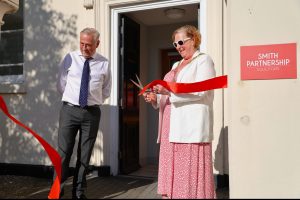Bank of England agrees no change on interest rates

THE long-running freeze on interest rates continued today as the Bank of England’s Monetary Policy Committee moved to calm fears over a stalling economy.
The MPC has decided to hold interest rates again at 0.5% while the Quantitative Easing programme was also kept at £200bn. Rates have been held at their historic low since March 2009.
Economists have been split for some time now on when the committee will change policy and at what point the recovering economy can sustain an increase.
A flood of retail failures and concerns over a slowdown in the manufacturing-led recovery during the last month are thought to have been key factors in the committee’s decision.
Business organisations across the Midlands, concerned at the state of the economy had called on the Bank to maintain the status quo so SMEs have the right conditions in which to grow.
Sara Fowler, senior partner, Ernst & Young, said the decision came as no surprise.
“The economy continues to struggle and GDP figures for the second quarter are not expected to improve dramatically. West Midlands businesses will welcome the MPC’s decision to resist raising interest rates to reduce inflation, which at 4.5% is double the central bank’s target,” she said.
“A number of businesses falling into administration throughout the UK in recent weeks has highlighted how fragile the economy is and businesses across the West Midlands will find some relief from the news that interest rates are remaining at the same level.”
Mark Smith, regional chairman at PwC in the Midlands, said the decision would provide many Midlands’ businesses with much-needed stability for another month.
“We would urge the committee to continue to resist raising the base rate in the face of a number of key uncertainties. These include the fragile debt markets in Europe which continue to impact on the availability and costs of borrowing for both corporates and consumers. This, in turn, impacts on the level of confidence in the recovery and the consequent propensity for businesses to invest and consumers to spend,” he said.









